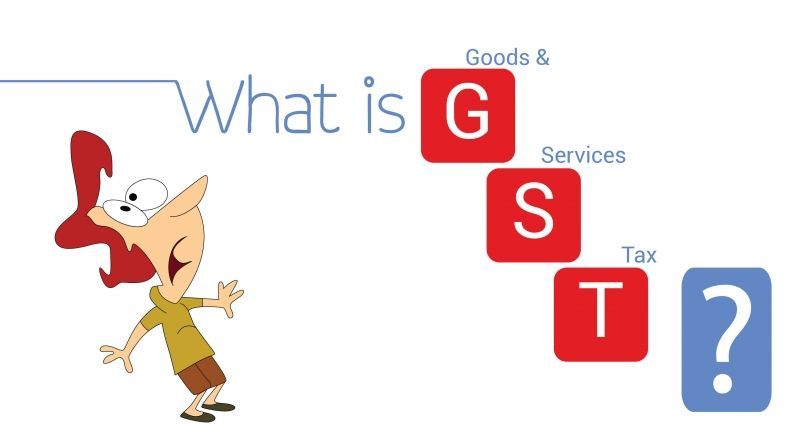info@taxadvocateindia.com 9810077152
19 Sep 2017

From a long time, India has been under the wrath of multiple tax system in the form of direct and indirect taxes. But with the sixteen yearlong due tax regime of single tax system known as goods and services tax is now here.
Let’s take an example to understand its aspects. Suppose, Mr X wants to starts his own business. To start a business, he needs raw materials which are required to be imported to Delhi (where factory is situated) from say, China. In such cases when it comes down to calculating the cost, it includes the custom duty along with the shipping charges plus a lot of other taxes he has to pay. Moreover, on the finished good he needs to pay the central and state government. On calculating further, he has to actually pay tax on tax too.
The Goods and Services Tax therefore, claims to eliminate this problem. It replaces the indirect taxes levied by central and state government into a single tax regime.
How GST is calculated?
From example, GST rate is 10%. Let’s assume that a cost of product A to a manufacturer is Rs 100. So, the total amount comes to 110. Next the tax will be paid by the consumer on the difference of the amount of cost of manufacturing and cost price. Say, the difference being Rs. 20. The tax GST charged will be Rs. 2 and the total price of the product will be Rs. 130+2.
The GST is expected to affect the GDP from 0.9% to 1.4%.
The tax slabs of GST
The GST regime is divided into 4 tax slabs ranging from 0% to 28%. 0% tax will be charged on the essential items like food.
CGST, IGST, SGST
India being a federal democracy which means that the powers, responsibilities and areas of revenue collection are clearly divided between the state and central government.
In the CGST or the central GST the powers lies with the central government whereas in SGST, the state holds the taxation powers. The IGST or the integrated IGST involves the movement of goods within the state boundaries of Indian union. It is collected by the union but transferred to the respective states.
Some of the taxes which are eliminated with the arrival of GST include:
That's all folks.
Need Help?Contact Us
All rights reserved
